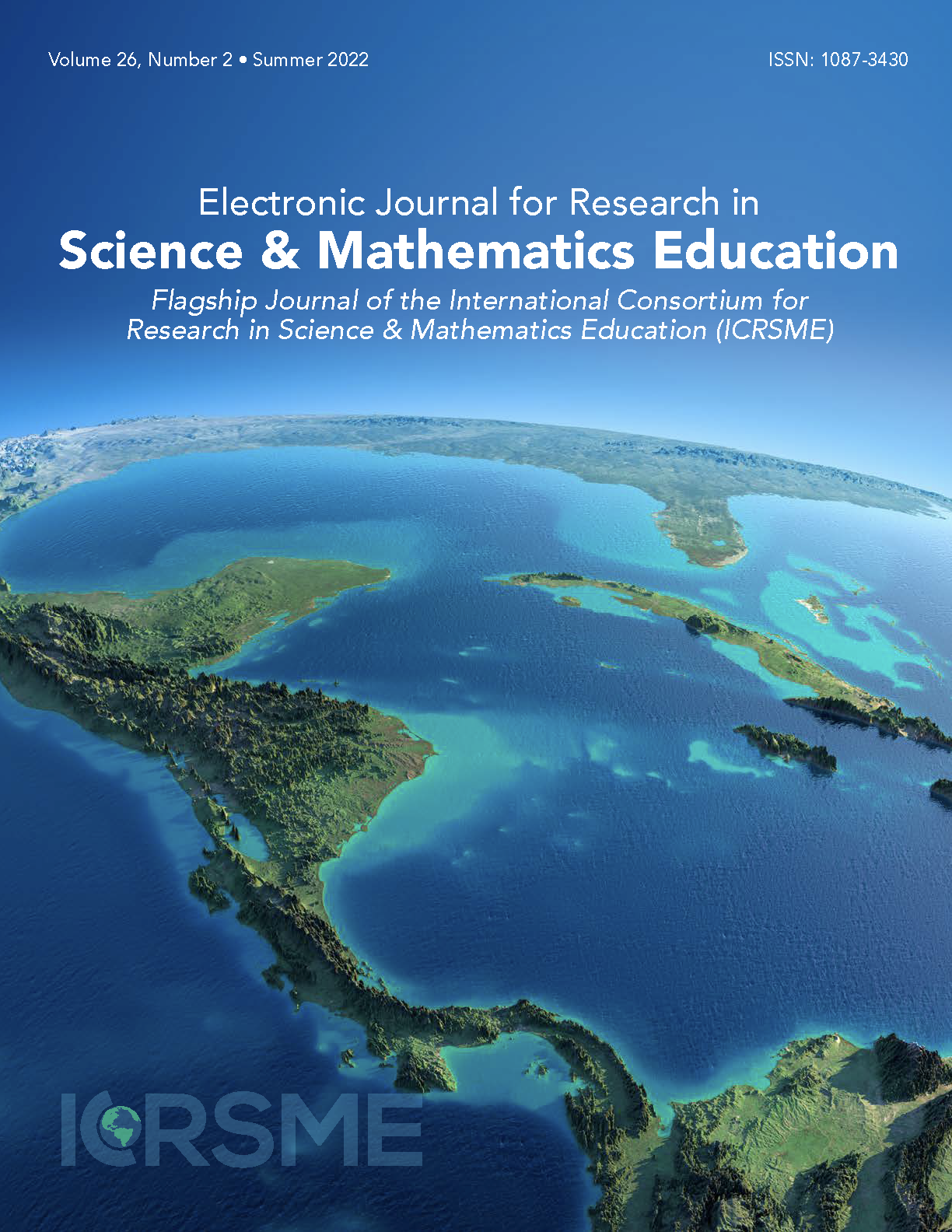A Comparative Study of Fifth-grade Mathematics Textbooks Used in Turkey and Singapore
Main Article Content
Abstract
This study reports on a comparison of presentation of mathematical content, types of responses required of students, conformity with the intended curriculum outcomes, and potentially confusing expressions in the subjects of percentages, triangles and quadrilaterals of fifth-grade mathematics textbooks used in Turkey and Singapore. Document analysis of the two mathematics textbooks highlights that both books remain committed in achieving the intended curriculum outcomes, that the content presentation of Singapore’s textbook is more simply organized, and that Singapore’s textbook includes more visual representations and multiple solution strategies. Our analysis also shows that the questions that require numerical responses are common in both textbooks while Singapore’s textbook includes relatively more questions that require both response and explanation. We also found that Singapore’s textbook is comparably more error free but that Turkey’s textbook includes several errors resulting from ambiguous expectations from students, potentially frustrating high expectations, and redundant computations. We discuss math textbooks’ reader friendliness and comprehensibility in terms of established cultural and philosophical approaches, socio-mathematical norms, and trust and respect for textbooks.
Article Details
© 2025 Electronic Journal for Research in Science & Mathematics Education (EJRSME)
